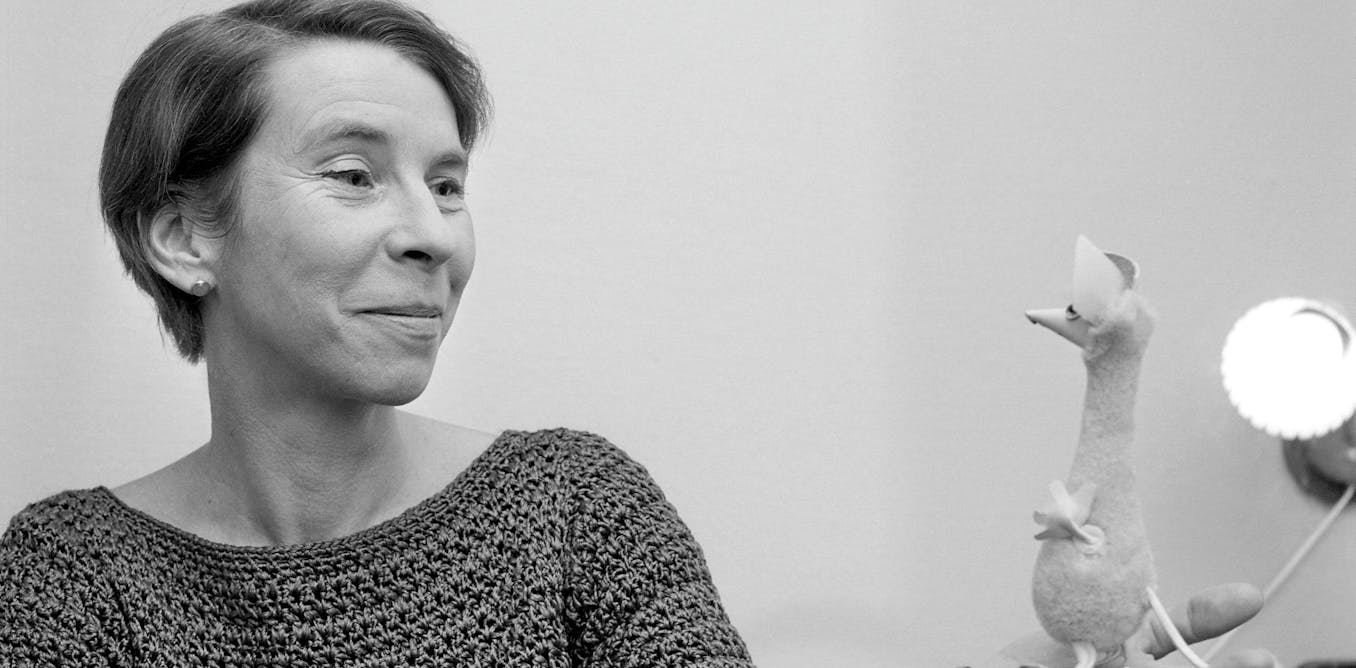Now Reading: How Tove Jansson used her Moomins comic strip to critique the financial and creative pressures of being an artist
-
01
How Tove Jansson used her Moomins comic strip to critique the financial and creative pressures of being an artist
How Tove Jansson used her Moomins comic strip to critique the financial and creative pressures of being an artist

In 1954, Tove Jansson, a Finnish artist, was hired by the Evening News in London to create comic strips featuring the Moomintrolls. The strips were published in numerous newspapers worldwide, boosting Jansson’s career significantly. Over the course of 1954 to 1959, she produced 21 comics, with some in collaboration with her brother Lars Jansson, who continued the series until 1975.
The success of the Moomin comic strips provided financial stability for Tove Jansson, aiding her in paying off the mortgage on her studio in Helsinki. However, the project eventually became a hindrance to her creative work, becoming a time-consuming and demanding responsibility.
As a result of this internal conflict, the comics frequently delve into topics such as the challenges of artistic creation, the artist’s role, and the significance of art. While Jansson had previously created satirical pieces on the art world in Finnish magazines, the Moomin characters now take center stage in the creative process.
Unlike the Moomin novels and picture books aimed at children, the comic strips targeted an adult audience and can be described as satirical. Jansson used this format to offer commentary on society, including the art world, reflecting the growing conflict between the Moomintrolls and her artistic endeavors.
The article celebrates the 80th anniversary of the Moomins and invites readers to join a discussion event in Bradford on May 23. The event will feature a screening of “Moomins on the Riviera” and explore themes of the refugee experience in Tove Jansson’s works.
One of the initial comic strips, “Moomin and the Brigands,” amusingly introduces the theme of artistic creation. Moomin and Sniff engage in various money-making schemes, including creating modern art. Their accidental destruction of a statue of Rebecca at the Well leads to a satirical commentary on modernist art trends and the commercial art market.
Through Moomintroll’s misadventures in the art world, Jansson humorously critiques romanticized notions of artists and the commercialization of art. These themes mirror her own experiences as an artist and author, juggling different professional demands and artistic pursuits.






